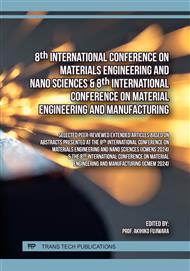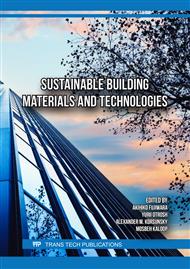p.67
p.75
p.83
p.93
p.99
p.105
p.111
p.119
p.129
Analyzing the Combined Effects of Axial Loads and Bending Moments on Unequal-Angle Steel Members
Abstract:
Angle steel is commonly used in inclined bracing components such as transmission towers. Due to its inherent section characteristics, unequal angle steel undergoes angular rotation when subjected to eccentric axial pressure, resulting in a change in the direction of action along the X and Y axes. In comparison to equal angle steel, the analysis of unequal angle steel is more complex. In design, particular attention should be given to whether the angle steel section is compact or noncompact, with a significant emphasis on the impact of the width-to-thickness ratio on strength. In study analyzed nine different angle steel sections, revealing that two of them exhibit a phenomenon known as control point transfer. This is especially prone to occur with shorter lengths of angle steel components, leading to Leg Local Buckling. In contrast, longer components are more susceptible to Lateral-Torsional Buckling. Summarizing the research findings, it is recommended to exercise caution when using non-compact section angle steel in design, and a preference for compact sections is advised to ensure the safety of the structure. Furthermore, it is advised to pay attention to the parameter βw in the AISC unequal angle steel calculation formula and adhere to relevant specifications to enhance the accuracy and reliability of structural design.
Info:
Periodical:
Pages:
105-110
Citation:
Online since:
August 2024
Authors:
Price:
Сopyright:
© 2024 Trans Tech Publications Ltd. All Rights Reserved
Share:
Citation:



